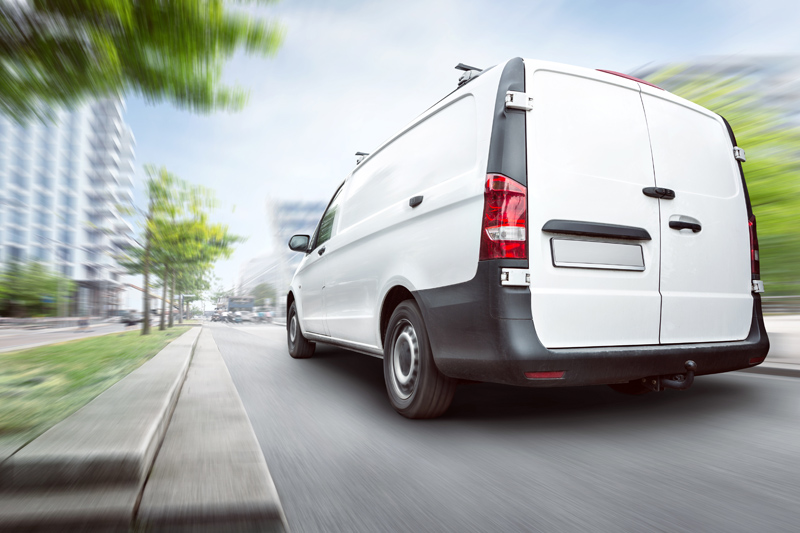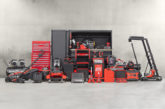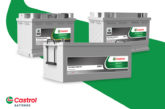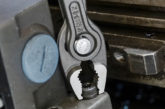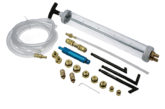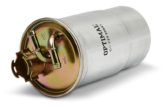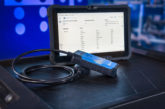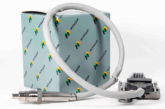Yokohama recently released a new van tyre that, coupled with regular maintenance checks, has the potential to cope with the stresses of LCV life.
Vans and other LCVs are among the busiest vehicles on the roads, covering long distances over extensive time periods. Yokohama provides tyres to meet the demands of these hard working vehicles, and the manufacturer’s current BluEarth-Van RY55 and WDrive WY01 offerings have been developed to give technicians confidence in the product.
However, fitting tyres of a suitable quality is only part of the solution. For garages that undertake fleet work, tyre maintenance should also be high up on the list of priorities when it comes to optimising performance.
There are a number of tyre maintenance processes and checks to consider. Regardless of the type of vehicle, tyre pressure should be monitored to minimise and reduce potential inconsistent wear patterns. In addition, wheel alignment should be regularly checked to get the most out of the tyre’s useful lifespan.
For vehicles carrying out multi-drop deliveries, the urban environment brings its own set of tyre damage risks. Regularly mounting or scuffing kerbs, navigating side streets and inconsistent road surfaces can lead to cuts and damage to the sidewall. A visual check around the vehicle can quickly determine a tyre’s current condition.
Fuel efficiency is another factor for workshops to consider, and selecting tyres with low rolling resistance will help to improve fuel savings, ensuring more time between refuelling and, ultimately, lower fuel bills. Yokohama’s newest van tyre, the BluEarth-Van RY55, takes these requirements into account. The company insists the range provides long mileage, high durability and excellent wet grip. Available in all popular van fitment sizes from 14-17”, it is ideally suited to many LCV applications.
TYRE TIPS
- To keep tyres in a good condition, check the vehicle manufacturer’s handbook for the correct loading pressures, capabilities and any other related specifications.
- Carry out regular visual inspections, checking tyre pressure, tread depth and removing any objects lodged in between the tread grooves.
- Ensure the fleet has a regular maintenance schedule and check maintenance logs to ensure vehicles are ready for the road.


